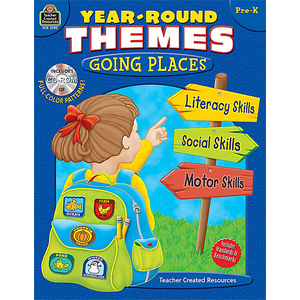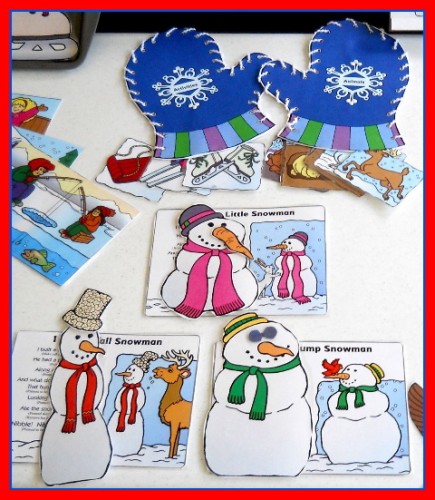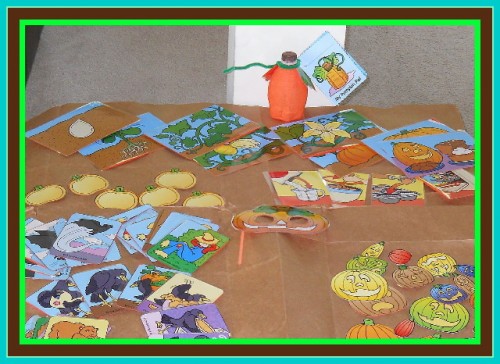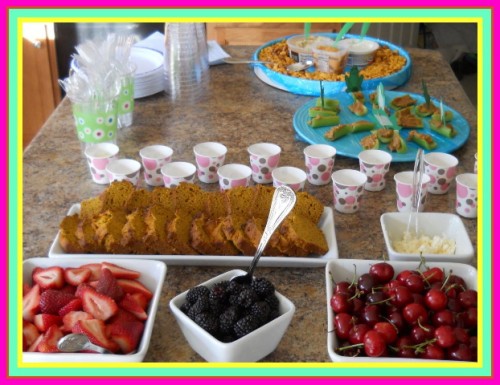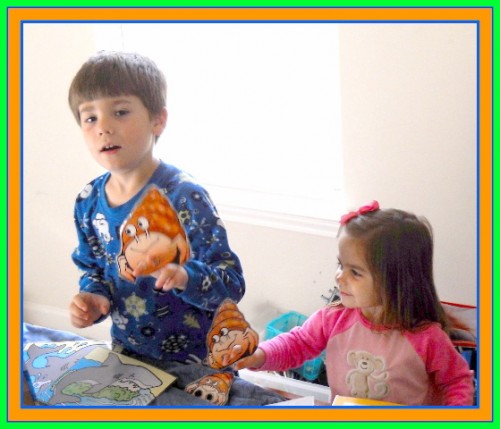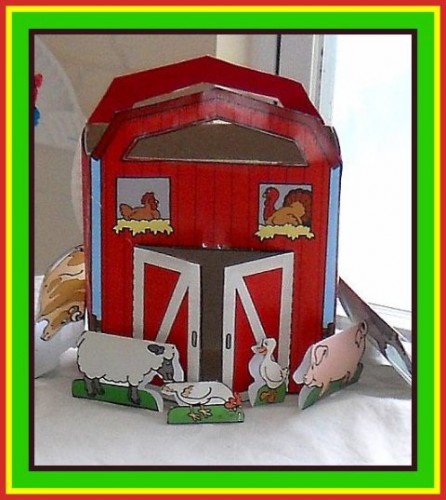I recently attended the NAEYC conference in Anaheim with some of my colleagues. I have been an editor for almost as long as I was a preschool teacher (15 years) but anyone who knows me will tell you that I am a preschool teacher at heart. I am in my element at the NAEYC conference, but there is no denying the sensory overload that comes with it. Colors, exuberant musicians, and wondrous science activities dazzle the regular attendees and overwhelm the newbies (at least for a bit.)
My colleagues who are accustomed to the more staid conferences for upper grades delighted in some of the great hands-on presentations in the ballrooms. Think Lisa Murphy, the Ooey Gooey Lady, Steve Spangler Science, and a host of performers including Ella Jenkins, Hap Palmer, Debbie Clements (outstanding costumes), and Charlotte Diamond. Performance-based presentations are what teaching young learners is all about, and these were but a few of the presenters being ooohed and ahhhed about.
The highlights for me were numerous:
- The first day I walked the exhibit floor with one of TCR’s authors, Stephanie Lester, a wonderful science and literacy presenter and educator. She is my personal goldmine/sounding board when it comes to finding new product ideas and discussing teaching strategies that really work. We were both thrilled to see so much emphasis on science, hands-on learning, and open-ended activities.
- It was a great privilege to hear Patricia Polacco speak from the heart about what drives her storytelling. Like many long-time teachers, I have many of her books. She shared details of her upbringing, her struggle with dyslexia, and her current community projects. She ended with a plea that we continue to cuddle up and read to children, at least twenty minutes each and every day, and that we do more to support young parents. She was inspiring on so many levels. I bet everyone in the ballroom went home and read to someone.
- I was thrilled to hear that imaginative or dramatic play was a common thread in presentations on pre-reading and writing, STEM subjects, and outdoor play—Imagination is crucial to developing critical thinkers in the 21st century.
- Finally, and thankfully, the increased focus on better nutrition and physical activity was everywhere. It was stressed in presentations, in the food samples, and in new posters, games, and books for teachers, parents, and students.
I came away from the 2010 NAEYC conference more convinced than ever that to educate young students we must remember that PLAY is the way that they learn and that we should encourage children to be active, engaged and inquisitive. We should nurture the creativity and imagination in each and every child!

